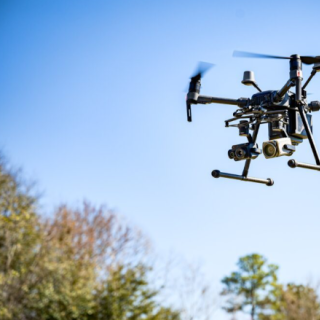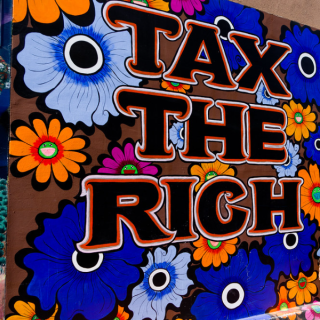I and many other people with diabetes want to know why the phase 1B rollout changed from including all people with type 1 diabetes (outlined here on January 14th, 2021) to including only those deemed by the state as "severe" (now specified here in Governor DeWine’s January 19th press release). This week I called the Ohio Department of Health coronavirus phone line to find answers; no one could illuminate any reason why I, as an immunocompromised person with type 1 diabetes, could not receive the vaccine during the phase 1B rollout.
I haven't been hospitalized for my diabetes since my diagnosis in 2012, but this past year I have been told, due to my high blood sugars, that I needed to go to the ER. Like many people living with diabetes I know that's a bad idea, especially during the pandemic. Many of us avoid hospitalization due to the cost: the medical bills; the risks of relinquishing autonomy of insulin injections, meal timing, and blood sugar checks; and this year, the risks of contracting COVID-19 in a hospital.
This fall I experienced a week of incredibly high, upper 200s to 300s, occasionally 400s, blood sugars. I could barely get these blood sugars down. (If you believe high blood sugars are caused by eating tons of candy or fast food, I encourage you to research the factors that affect blood sugar; this view is simply not accurate.) I called my endocrinologist's office one night because I felt like I had no other options. My hope was to get some advice on what I could do. Instead they only said that I need to go to the emergency room. A trip to the ER could help if I got an IV and some fluids, but the costs can be astronomical. So I didn't go.
This is my story, but I am not alone. If people with type 1 diabetes went to the hospital every time we should, many of us would in fact be eligible for the vaccine in the 1B rollout. Unfortunately, all too often, we deal with this alone. Medical help is costly. Hospitalizations, in many cases, are a privilege. While it is detrimental to our health to not go to a hospital, we choose not to. Can you imagine an ER bill twice a year? Can you imagine buying insulin, a life-saving medication, for over eight hundred dollars a month? Can you imagine trying to afford diabetes technology, like continuous glucose monitors (CGMs) and insulin pumps, that cost thousands in merely supplies each year.
Yes, these numbers depend on your insurance, if you're privileged enough to have it. As someone with diabetes I have many privileges: a family who is willing to support my medical bills, great insurance through my parents, access to a pump and CGM, and I have never had to ration my insulin due to its high cost. In a year like 2020, with record numbers of unemployment and layoffs, requiring hospitalization as a judgement of the severity of our diabetes, is a sick joke.
All people with type 1 diabetes are immunocompromised, and so, should be receiving the 1B vaccine rollout. All people with diabetes, regardless of type, need to be included in the 1B vaccine rollout. Our health risks are significantly higher than those of non-diabetic populations. BIPOC groups need to be thoughtfully incorporated and prioritized. Statistically those groups have higher rates of undiagnosed diabetes and worse outcomes. This is due to many issues, including medical racism that minimizes symptoms and provides lesser quality of care for Black and Indigenous People of Color.
I assume the multiple changes to the inclusion of people with diabetes are due to a shortage of vaccines. Unfortunately, I do not believe the Ohio Department of Health and Governor DeWine have solved it. I am writing to demand answers: Why the changes? Who was considered when these changes were made? And did you consider the people who were left out?
Caylan Fazio is the chapter leader of Ohio #insulin4all, a grassroots movement fighting for pharmaceutical transparency and long-term solutions to the high cost of insulin for all people living with diabetes.



